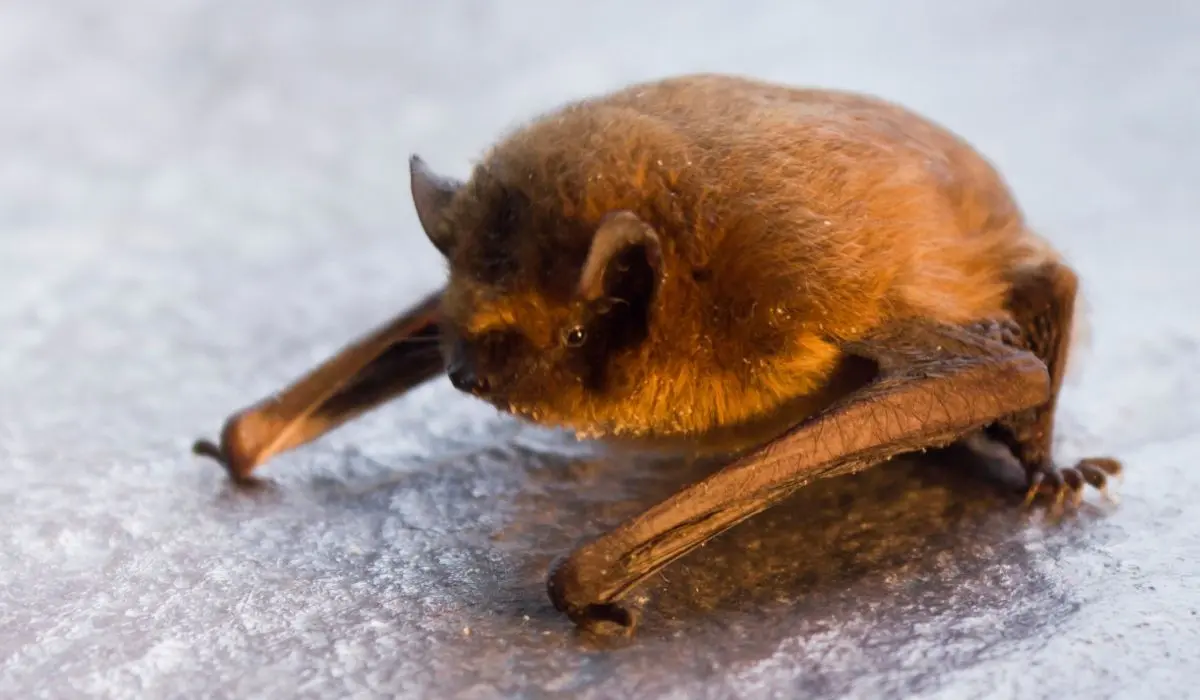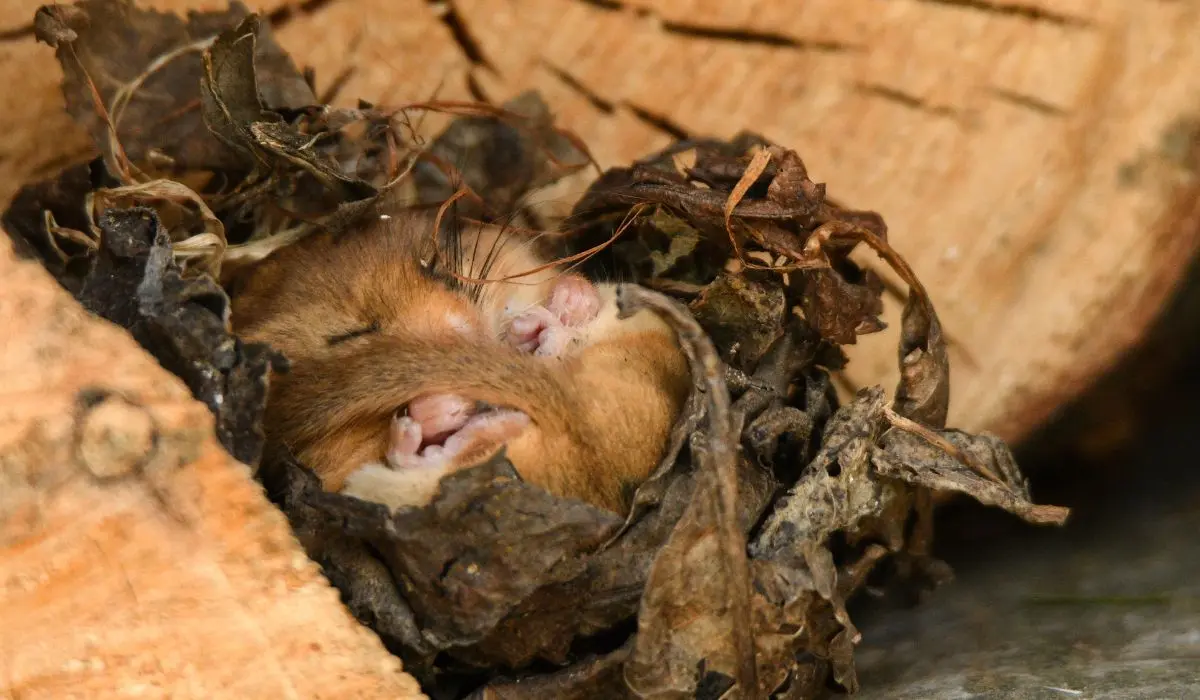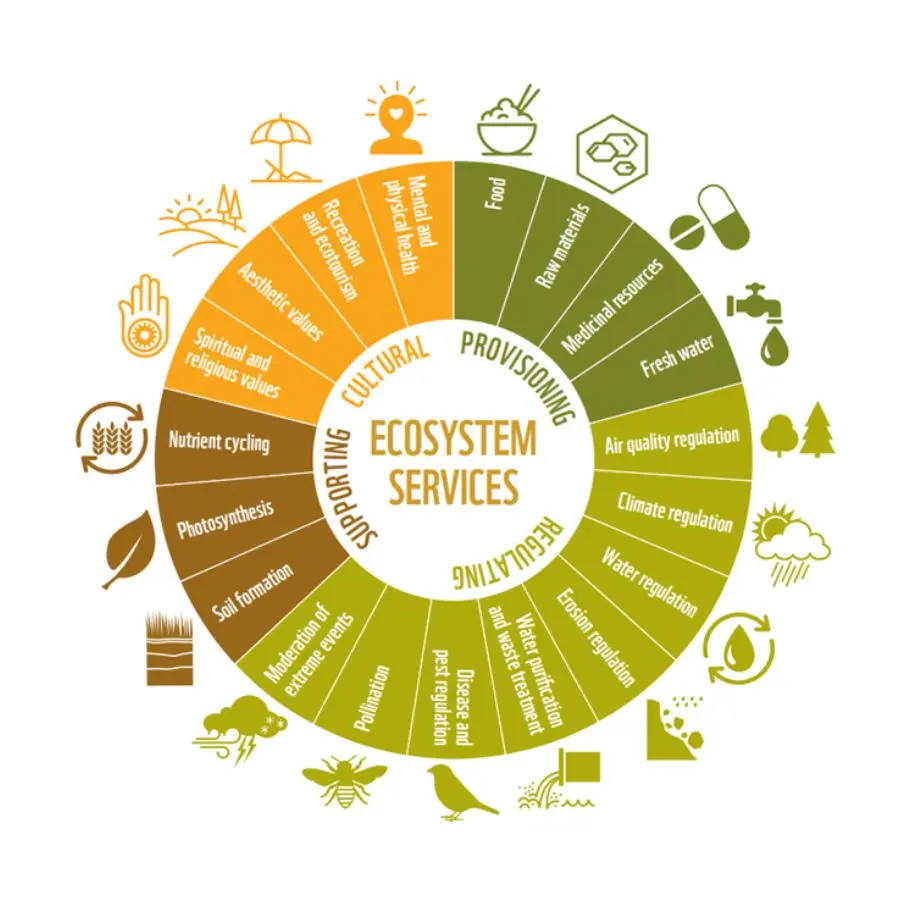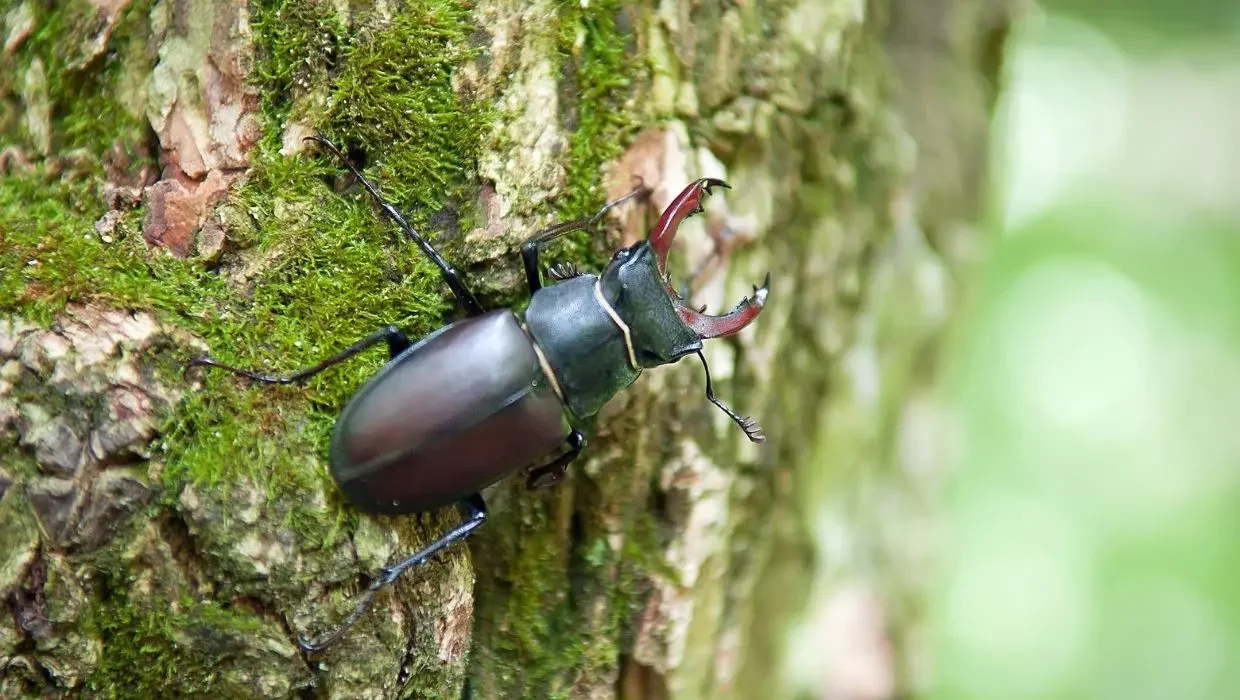We look briefly at the laws protecting certain species, what protection means for project managers, and why it’s an important conservation strategy.
At a time when the natural world faces multiple threats, protected species status is one way of safeguarding precious plants and animals. The benefits extend beyond the species itself and promote the health of entire habitats.
In this article, we give an overview of UK protected species, including the laws underlying the designation and the implications of these for your project. We also explain why protection – and the efforts to uphold it – are essential. Fortunately, Cura Terrae Land and Nature can make protecting important species straightforward.
Legislation
There are two key laws that confer protected status on some UK species:
- The Wildlife and Countryside Act 1981 (as amended)
- The Conservation of Habitats and Species Regulations 2017 (as amended)
Both partly derive from European Union legislation.
Birds – The Wildlife and Countryside Act protects “any wild bird”. However, those listed in Schedule 1 of the act receive special protection while others, listed in Schedule 2, are excepted, but only under specific conditions.
Animals – “Certain wild animals” are protected by the Wildlife and Countryside Act. These are listed in Schedule 5 and include mammals, reptiles, amphibians, and invertebrates. Additionally, wild mammals are protected from cruelty by the Wild Mammals (Protection) Act 1996.
Plants – Protected plants are listed in Schedule 8 of the Wildlife and Countryside Act.
Invasive species – If introduced into an environment, invasive species can cause a lot of harm. Schedule 9 of the Wildlife and Countryside Act lists invasive, non-native plants and animals which must not be allowed to spread in the wild.
European protected species – The Conservation of Habitats and Species Regulations designate “European protected species” (EPS), which are species of “community interest”. The aim is to restore them to “favourable conservation status”. These, too, include mammals, reptiles, amphibians, invertebrates, and plants.
Badgers – Badgers are protected by their own law, the Protection of Badgers Act 1992.

What protection means
Generally, protected status means that it is an offence to kill, injure, or take an individual of the species. It is also an offence to destroy, damage, or take a protected species’ nest, shelter, or eggs. Picking, uprooting, or destroying a protected plant is prohibited, too.
Implications for projects
Most projects taking place in the natural (or even urban) environment will need to consider any potential impacts on protected species.
You need to know if protected species are, or are likely to be, near your site, and whether the proposed development might affect them.
You may need to conduct a survey to find this out. Cura Terrae Land and Nature can do this for you. We’ll take into account the species’ yearly life cycle and seasonality of habitats to ensure timing is optimal and the results are valid.
It may be that a survey does not need to be carried out – we can establish this for you.
Working across our Ecology, Landscape and Habitats teams, we can help identify potential ecological constraints to a proposal, then help you to design the best outcome for your project and biodiversity. We can even help you create high quality replacement habitats or other measures to support site ecology, like replacement badger setts.
If harm or disturbance cannot be avoided, you may need to apply for a licence to give you exemption to the above laws. Our experts can guide you through this process.

Why is protection important?
There are many reasons why safeguarding protected species is important. Here, we discuss just a few.
We’re at risk of losing our protected species
63% of EPS have a poor or bad conservation status, meaning that they are at risk of disappearing. All species have inherent value and, with humans typically being responsible for their perilous situations, it could be argued that we have a moral responsibility to restore their populations.
A lot of other biodiversity relies on them
The interactions of a protected species with other organisms in its ecosystem would be impossible to quantify. For example, the wood-burrowing larvae of the protected stag beetle are important in breaking down dead wood and returning nutrients to the soil. These nutrients can then be utilised by countless fungi, bacteria, and plants. Stag beetles are also food for birds and mammals. The stronger the networks between species, the stronger the ecosystem is to perturbations such as climate change and pollution.
They contribute to the provision of ecosystem services
Healthy ecosystems have benefits for humans. These are known as ecosystem services and are usually categorised as provisioning, regulating, supporting, or cultural (see the graphic below). The Office for National Statistics valued ecosystem services in the UK at £1.8 trillion in 2022. As an example, all bats are protected in the UK, and it is believed that they provide a regulating ecosystem service through suppression of insect pests (a single pipistrelle bat eats thousands of insects every night). An economic valuation of this service is currently being undertaken at the University of Exeter.

Image source: WWF.
Protected species are useful as bioindicators
The wide-ranging effects of disturbances to complex ecosystems can rarely be understood with simple metrics. However, certain species can shed light on wider biodiversity trends, and are often known as bioindicators. To return again to the bat example, insectivorous bats (which all UK bats are) can reveal the health of insect communities and indicate whether chemicals are accumulating in the environment. The UK government’s Joint Nature Conservation Committee recognises the significance of bats as bioindicators.
We can’t foresee the effects of their loss
A 2019 report by the Intergovernmental Science-Policy Platform on Biodiversity and Ecosystem Services describes current rates of nature decline as “unprecedented”. Because today’s declines have not been seen before in human history, it is difficult to predict the consequences. This is one of the reasons why environmental law is increasingly adopting the precautionary principle. This approach enables measures that prevent environmental harm to be taken, even if scientific certainty is not yet reached. We don’t know what will happen if we lose one – let alone many – of our protected species. Therefore we must do everything we can to protect them.
Find out more about our protected species services here or get in touch with Stuart Ireland, our Head of Ecology.




